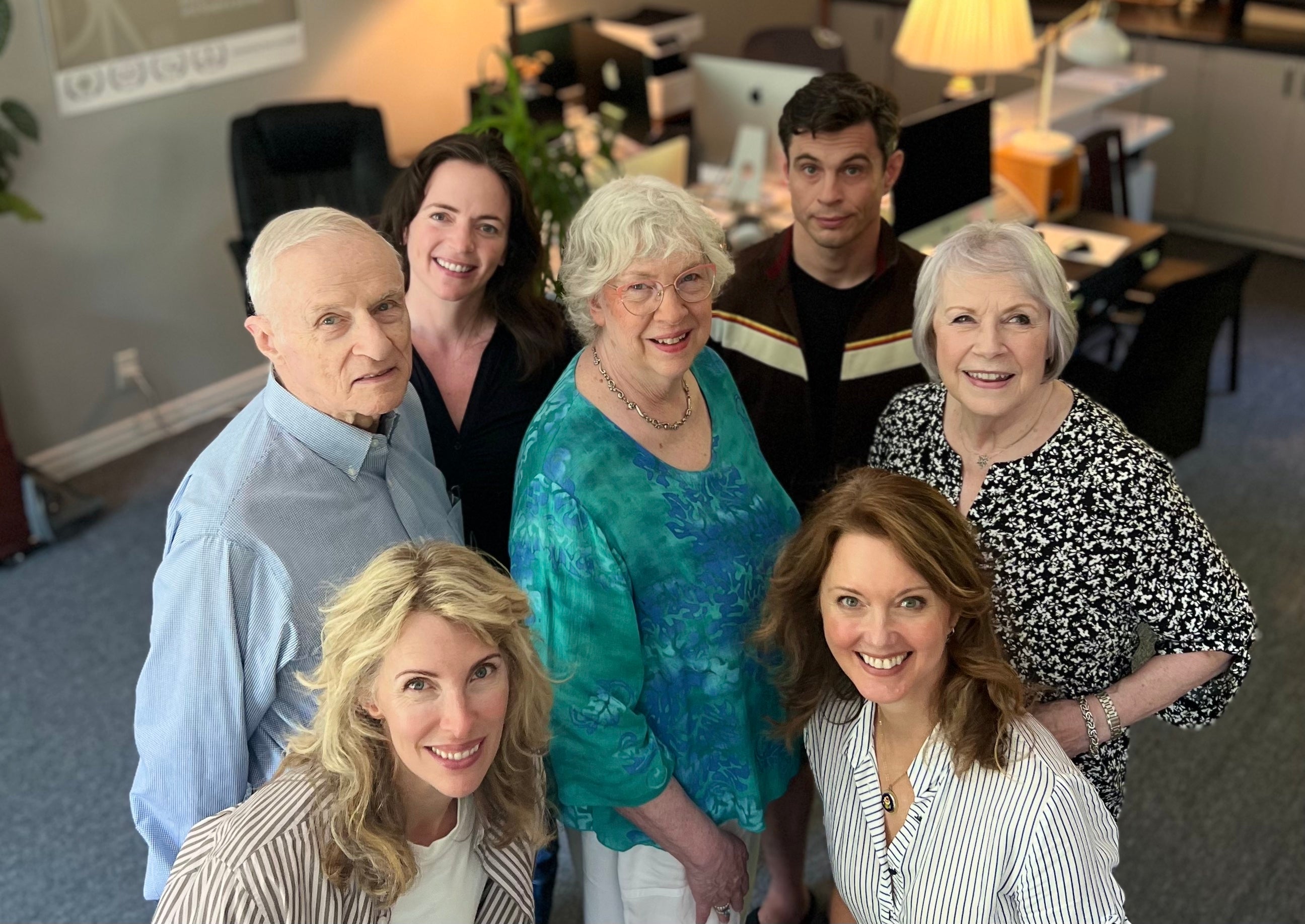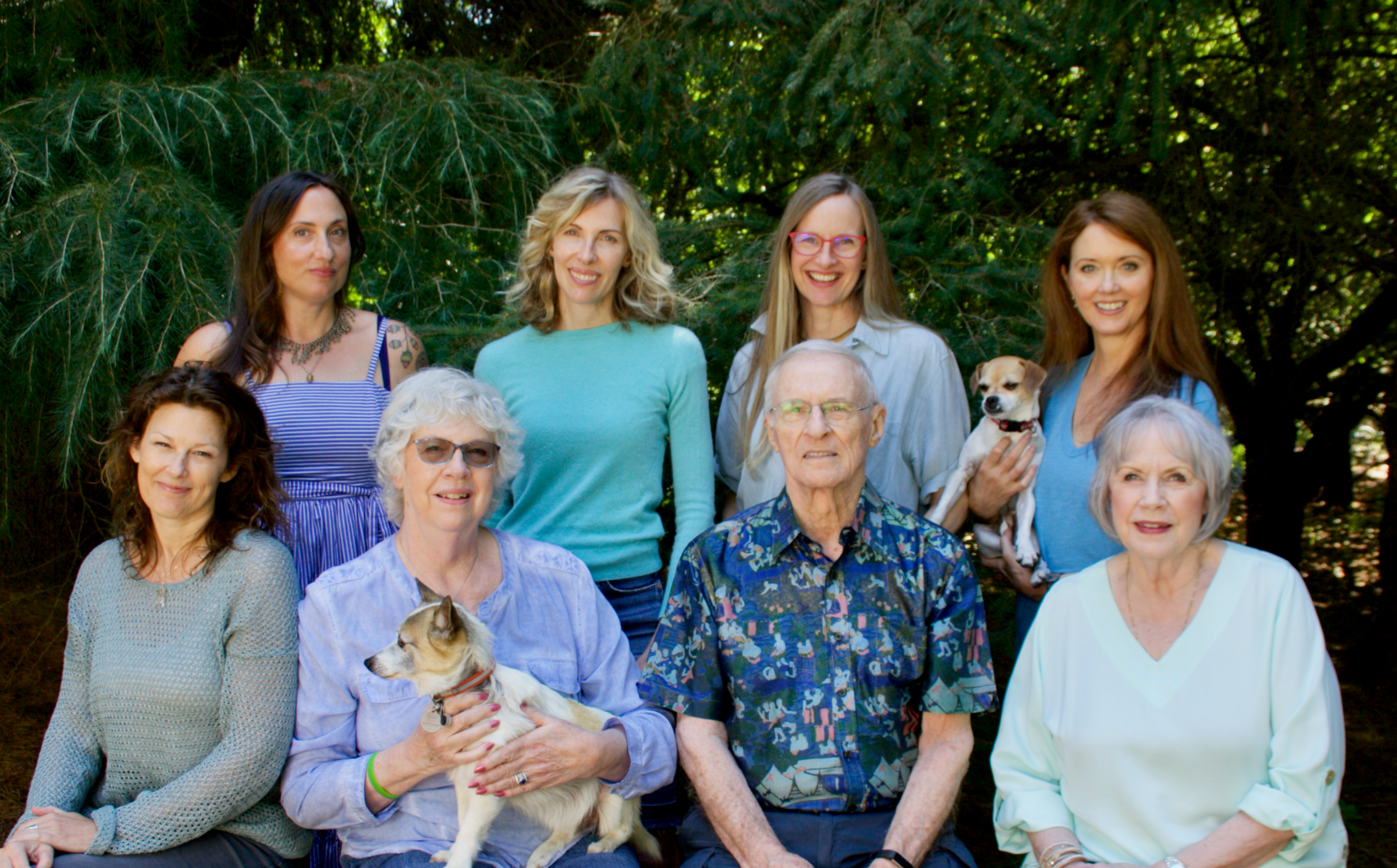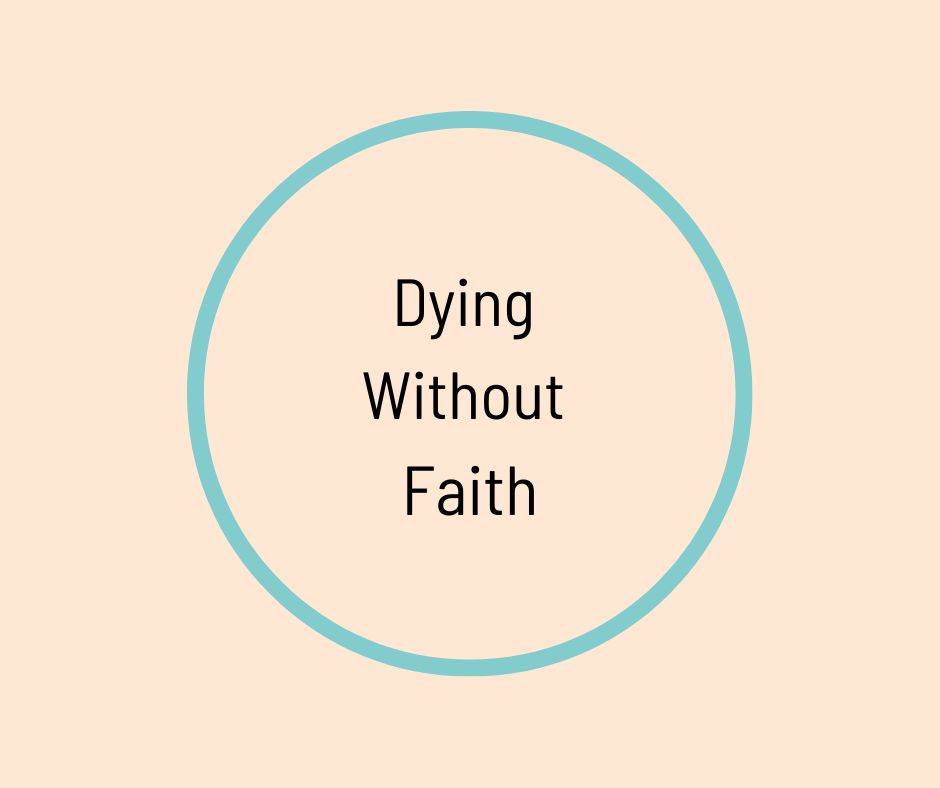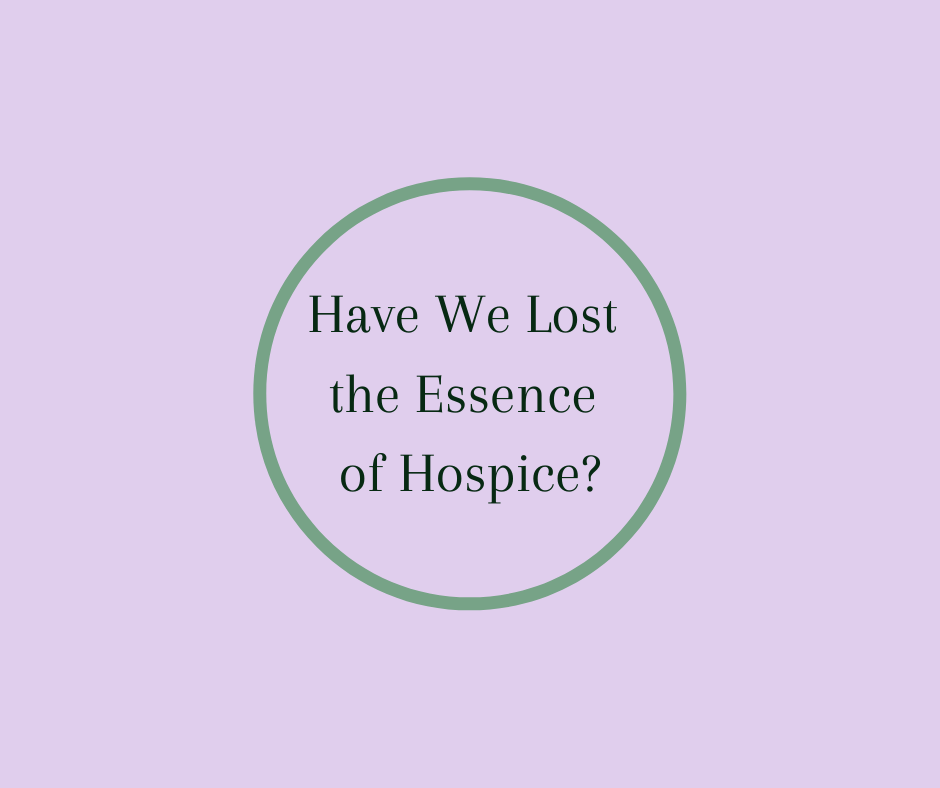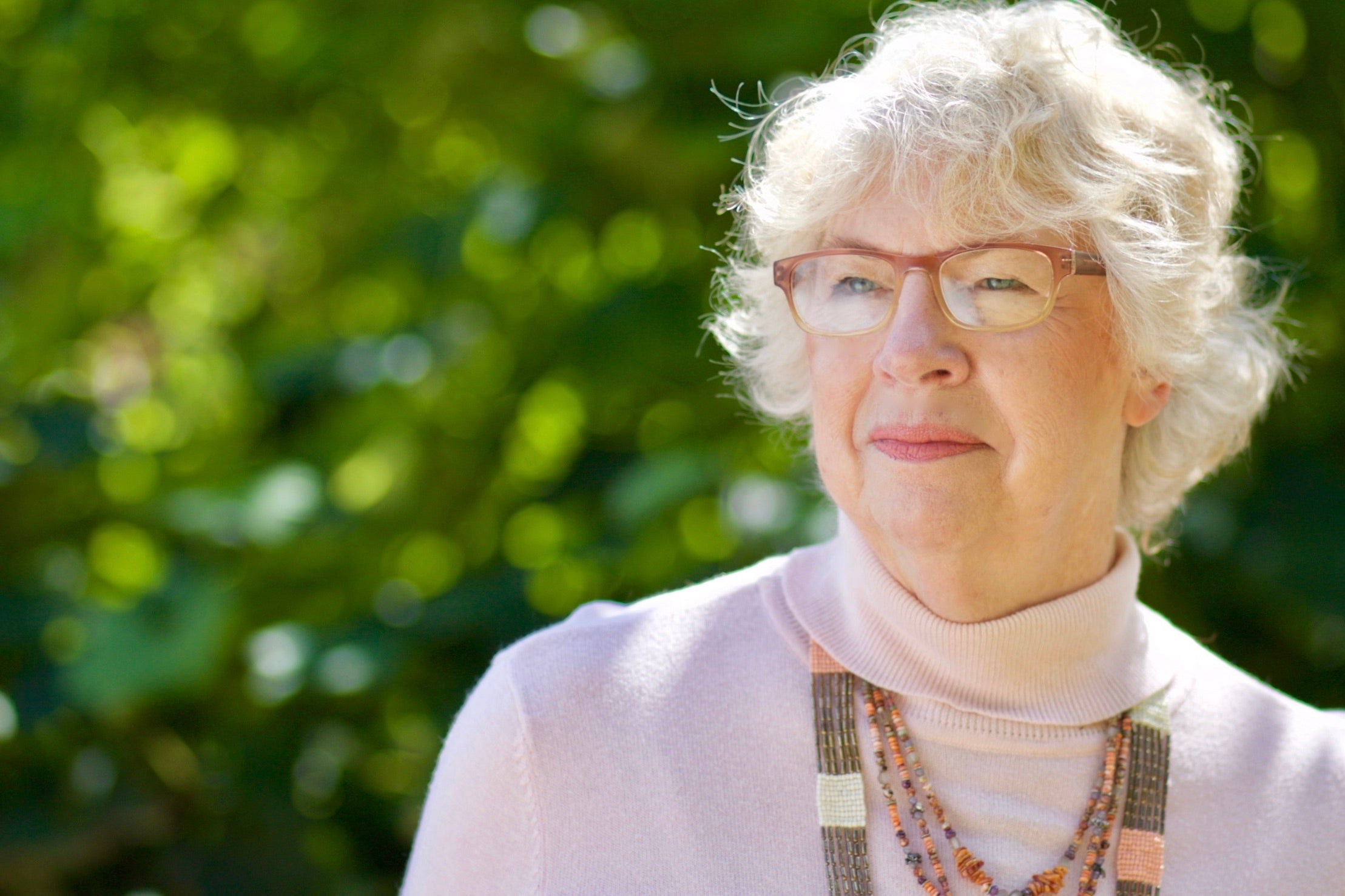There have been many changes since Hospice care began in the 1970s. The Medicare Hospice benefit brought regulated care to the 1980s and those regulations have continued to evolve and become more comprehensive over the years.
Hospice has gone from being a volunteer based philosophy of end of life home support to being a recognizable part of the health care industry with reimbursements and profits.
Because we don’t really think about end of life care until we or someone close to us needs it we enter into relationships with hospice that may not be satisfactory or meet our expectations. Not satisfactory because we don’t really know what hospice care is. Most of us just know it is care when death is approaching.
So--before we can see what good care looks like we need to examine the meaning of the term hospice and what care is provided. On the National Hospice and Palliative Care Organization web site we get a definition of Hospice. “What is Hospice? When medical care cannot offer a cure hospice provides care, comfort and support for persons with life-limiting conditions as well as their families. The Hospice Team works to make the person comfortable and relieve their symptoms and pain for the entire length of their illness.”
The following is taken directly from CMS.gov (Centers For Medicare and Medicaid Services and outlines what care is provided:
“According to Title 18, Section 1861 (dd) of the Social Security Act, the term “hospice care” means the following items and services provided to a terminally ill individual by, or by others under arrangements made by, a hospice program under a written plan (for providing such care to such individual) established and periodically reviewed by the individual's attending physician and by the medical director (and by the interdisciplinary group described in paragraph (2)(B)) of the program—
- (A) nursing care provided by or under the supervision of a registered professional nurse,
- (B) physical or occupational therapy, or speech-language pathology services,
- (C) medical social services under the direction of a physician,
- (D) (i) services of a home health aide who has successfully completed a training program approved by the Secretary and
(ii) homemaker services
- (E) medical supplies (including drugs and biologicals) and the use of medical appliances, while under such a plan,
- (F) physicians' services,
- (G) short-term inpatient care (including both respite care and procedures necessary for pain control and acute and chronic symptom management) in an inpatient facility meeting such conditions as the Secretary determines to be appropriate to provide such care, but such respite care may be provided only on an intermittent, nonroutine, and occasional basis and may not be provided consecutively over longer than five days,
- (H) counseling (including dietary counseling) with respect to care of the terminally ill individual and adjustment to his death, and
- (I) any other item or service which is specified in the plan and for which payment may otherwise be made under this title.
The care and services described in subparagraphs (A) and (D) may be provided on a 24-hour, continuous basis only during periods of crisis (meeting criteria established by the Secretary) and only as necessary to maintain the terminally ill individual at home.
Now to answer the original question of “what does good hospice care look like?” I created this list of questions for families to use to help identify a “good” hospice.
1. Do you have primary care nursing? Will we have the same nurse, home health aide, social worker, and chaplain for each hospice visit?
* You want the consistency and comfort of knowing the same person.
* This is becoming harder to achieve because fewer and fewer hospices are providing primary nursing.
2. Are the Inpatient services (hospital or Hospice House) offered only for symptom and pain management? Can you stay under private pay when the Medicare time limit for inpatient runs out?
* If you cannot do private pay and the stay in a facility is only for symptom and pain management it means the hospital or Hospice House stay is only for five days, NOT until death occurs.
* This is an area of confusion. It is an important question to answer so that 5 or so days after admission to a Hospice House or hospital you aren’t suddenly having to decide to move a loved one to a nursing facility or home.
3. How often and how long are regular home or nursing facility visits?
* How often?
* Once a week should be the minimum if life expectancy is months.
* Two to three times a week if life expectancy is weeks
* Every day or even twice a day if death is expected within days.
* How long are the visits?
* In the home ?
* Forty-five minutes to ninety minutes is an average.
* A few visits may be shorter, a few may be longer
* You don’t want ten to fifteen minute visits. That’s not hospice!
* In a nursing facility
* It depends if the family is present and how responsive the patient is.
* If no family is present and the patient responsive, thirty to forty-five minutes
4. Do you come to the house when death occurs in the home?
* It is a comfort to have the hospice nurse come to the house when death occurs.
* The guidance and support as well as the assistance with the funeral home is important.
5. How often do the Social Worker and Chaplain visit after the initial visit?
* It may be only once unless you ask for them to return.
* If you want them, how often do they visit?
6. Don’t be concerned about what you won’t need.
* A lot of services offered just don’t matter.
* Social Work and Chaplain services can help guide you through this experience,
* Use their offerings.
* Know that Chaplains are not based on religious denominations.
* Their focus is spiritual comfort no matter a person’s belief or non belief.
7. Be careful of hospice if dementia is the only cause of approaching death.
* Dementia is too unpredictable, unless not eating is the issue and a feeding tube is not the chosen option.
* You may be discharged from the program in a few months because the decline of dementia is so unpredictable.
8. Will hospice make an initial visit to begin services on a weekend or after 5 PM during the week?
* Time is our enemy.
* Disease progression doesn’t just occur during the nine to five work day.
Questions 1 and 8 are hard to compromise on but may still be difficult to find.
Questions 3 through 7 are just good basic information.
You may not find every question answered the way you want it answered, but you will know more thoroughly what kind of service you will be receiving. Call several hospices with your questions to narrow your choices.
As I said earlier there have been many changes in hospice care since it began. Some for the better, some not so much. What I am suggesting as representing a “good” hospice is becoming harder to find. My hope is that by setting the standard high, and having families ask for that level of care, all hospices will rise to the quality expected.
Something More about Finding a Quality Hospice...
When supporting a person who is facing the end of their life, it helps to have as many tools as possible at your fingertips. I encourage you to pick up my End of Life Series of booklets. The goal of the series is to neutralize some of the fear that an unpredictable future can bring.
Photo Credit: David Flam
